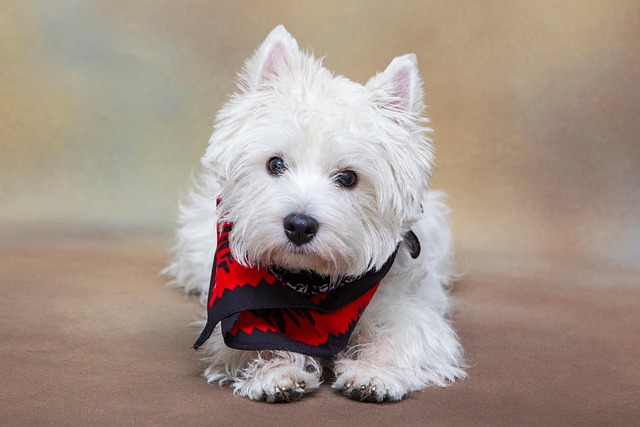
How do i train my dog to be obedient?
Watching your dog dart across the park ignoring your calls isn’t just frustrating—it can put them at risk near busy streets or public spaces.
Dogs jump up because they’re trying to connect—eyes to eyes, nose to face, a physical way to say “I’m excited to see you.” But those muddy paws on your clothes, or worse, a knock to a child or elderly visitor, turn that enthusiasm into a problem. The key isn’t to shut down their joy, but to redirect it.
First, stop rewarding the behavior without realizing it. Scolding, pushing, or even saying “no” in a loud voice can feel like attention to a dog. They thrive on interaction, good or bad, so any reaction might make them jump more. Instead, stand still, fold your arms, and turn your back. No eye contact, no words—nothing.
Wait for four paws on the ground. The second they touch down, lean down, smile, and give them a gentle pet or a treat. This teaches them: “All four feet on the floor gets me the love I want.” It takes patience, but consistency turns the lesson into habit.
Timing matters with guests, too. Ask visitors to follow the same rule: ignore jumping, greet only when calm. Put a basket of treats by the door so guests can reward good behavior without thinking. Dogs don’t distinguish between family and strangers—rules need to apply to everyone.
 Leashes help in public spaces. Many areas require dogs to be leashed in parks or sidewalks, and a short leash (not tight, just controlled) gives you the chance to guide them into a sit before someone approaches. This keeps both your dog and others safe, avoiding accidental scratches or falls.
Leashes help in public spaces. Many areas require dogs to be leashed in parks or sidewalks, and a short leash (not tight, just controlled) gives you the chance to guide them into a sit before someone approaches. This keeps both your dog and others safe, avoiding accidental scratches or falls.
Teach an alternative behavior. “Sit” works wonders. When you see your dog start to jump—maybe their front paws lift, tail wagging faster—say “sit” in a warm tone. The second their bottom hits the floor, reward them. Over time, they’ll learn sitting brings attention faster than jumping.
Puppies learn this faster, but adult dogs can adapt too. It might take weeks, especially if jumping has been rewarded for years. Celebrate small wins: a moment where they pause mid-jump, or a sit that lasts even two seconds. Progress, not perfection, is the goal.
Be mindful of context. A dog jumping at home is one thing; doing it at a farmer’s market or playground risks upsetting others. Local laws often emphasize keeping dogs under control in public, and a jumping dog can be seen as a nuisance. Training isn’t just about manners—it’s about being a responsible neighbor.
Remember, they’re not being naughty. Jumping is their natural way of greeting, a leftover from puppyhood when nuzzling their mother’s face meant food and comfort. With kindness and consistency, you’ll help them learn a new, polite way to say “hello.”

Watching your dog dart across the park ignoring your calls isn’t just frustrating—it can put them at risk near busy streets or public spaces.

New puppy owners often find themselves rushing to clean up accidents before they set in, and that’s where puppy pad training becomes a game-changer.

If you've noticed your dog's waistline disappearing and your veterinarian has mentioned those few extra pounds, your first instinct might be to simply reduce the amount of food in their bowl.

Training a dog to use a designated spot indoors isn’t as daunting as many new owners fear, but it does take consistency and an understanding of your pet’s needs.

That moment of dread on a walk is all too familiar for many new dog owners. You see another dog approaching down the sidewalk of your neighborhood

If the sight of another dog on your neighborhood walk makes your heart sink as your own dog erupts into a frenzy of barking and lunging, you're not alone.